Would a central plasmoid repel the Earth shell? A possible mechanism for Earth radial expansion
It is now known that Birkeland currents from the sun enter planets through the poles, in what astro-physicists call "magnetic ropes". The polar "hot spots" seen below, imaged by CHANDRA, Cassini and the Keck Observatory in 2000, 2009 and 2004 respectively, show either increased temperatures at the polar region, from heating caused by Birkeland currents originating from the sun, or, polar holes radiating energy from a central plasmoid.

In the case where there is a central plasmoid within Earth, the origin of for example Earth's magnetic field, it could be possible to estimate how it would interact with the shell, and, if there are possible correlations with historical data overall, such as for example the radial expansion of Earth (the cause of continental drift. )
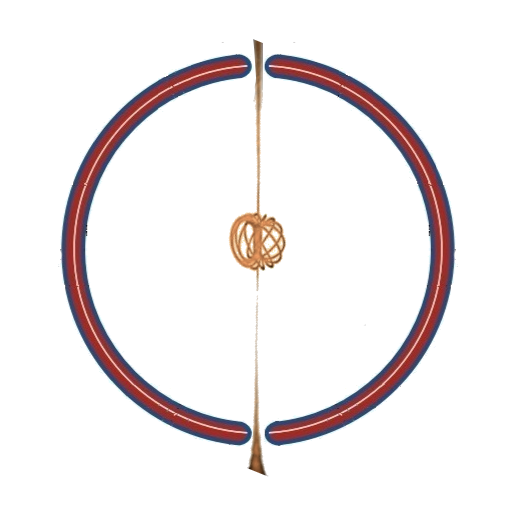
Would a central plasmoid repel the Earth shell?
This simple two-pole electric motor shows an inner magnet being repelled and attracted by the outer magnet, seeking to orient its poles with the opposite poles on the stator.
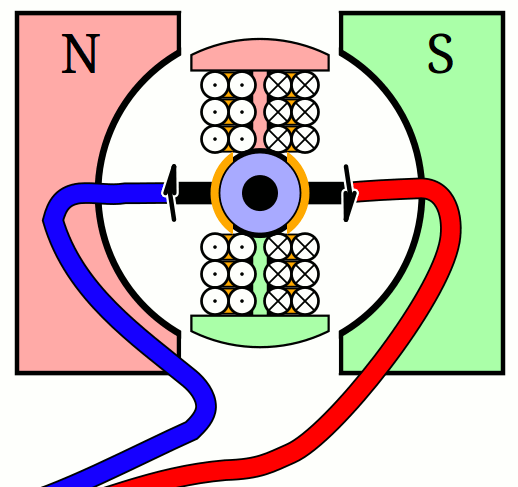
In a similar way, the Earth shell would seek to orient itself along the opposite poles of the plasmoid within Earth.
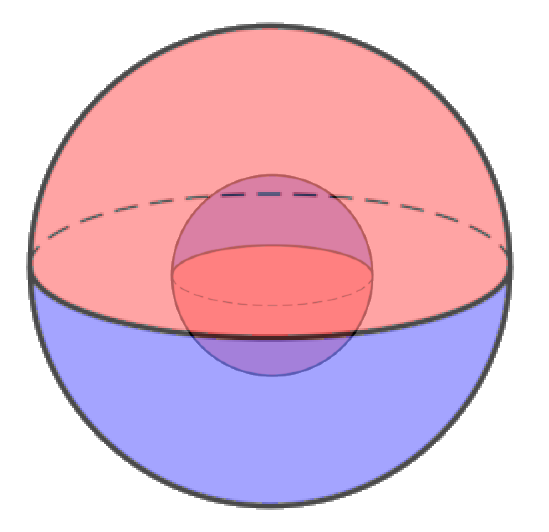
If the outer shell is non-magnetised, and an electromagnetic field is induced by the inner plasmoid, here represented as an electric coil, the "solenoid" in an electromagnet, then the electromagnetic field of the outer shell is like an inner extension of the inner one, i.e. they should both have the same pole orientation.
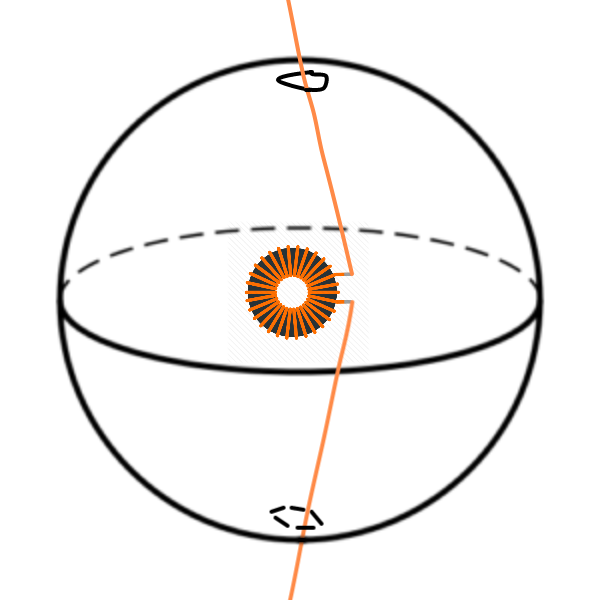
Just like in the electric motor shown above, the induced electromagnetic field of the shell having the same pole orientation as the "solenoid" would cause the shell to repel from the core. The shell would seek to reorient itself to the opposite poles, while doing so, the electromagnetic field of the shell being induced by the solenoid would re-align with the solenoid, still causing it to repel.
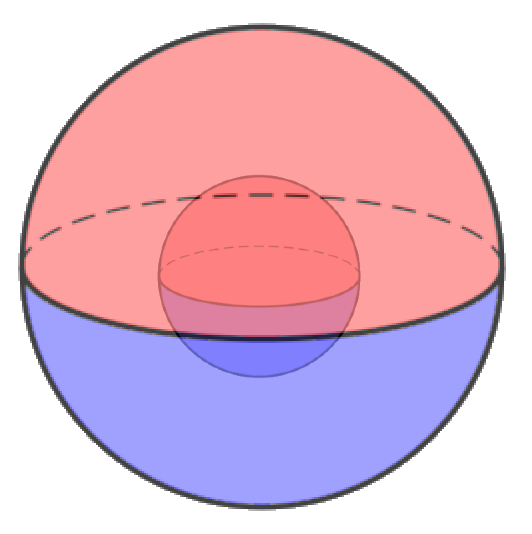
A possible false assumption in this model is that the poles on the inside of a spherical magnet may be reverse that on the outside, making the inside of the outer north pole the south pole. In that case, the rest position for the core and shell would be the same as the induced magnetic field. It should be simple enough to rule out exactly how the two magnets would behave.
A possible mechanism for Earth radial expansion
The gradual decrease in speciation rate and increase in extinction rate in dinosaurs throughout the Cretaceous Era, fits perfectly with the rapid increase in Earth radius and formation of oceanic crust in that same time period. The same force that caused the Earth to grow, also led to smaller life-forms.

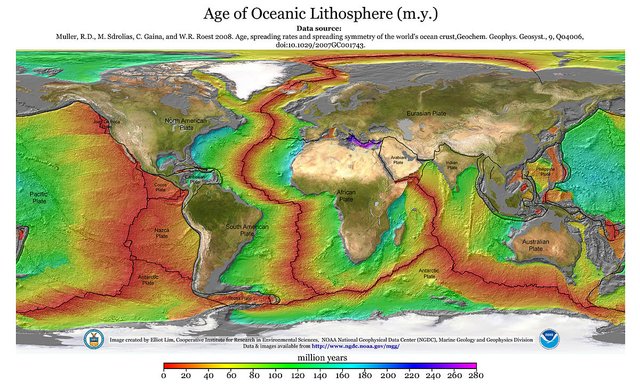
In increase in "power" in the inner plasmoid, originating from solar Birkeland currents, could be a possible mechanism both for the radial expansion as well as increased electric attractive force, favouring smaller lifeforms.
Synapses
Sakamoto, M., Benton, M. J., & Venditti, C. (2016). Dinosaurs in decline tens of millions of years before their final extinction. Proceedings of the National Academy of Sciences, 113(18), 5036–5040. https://doi.org/10.1073/pnas.1521478113
Hurrell, Stephen. (2011). Ancient Life's Gravity and its Implications for the Expanding Earth.